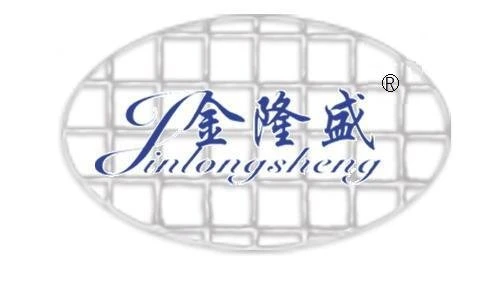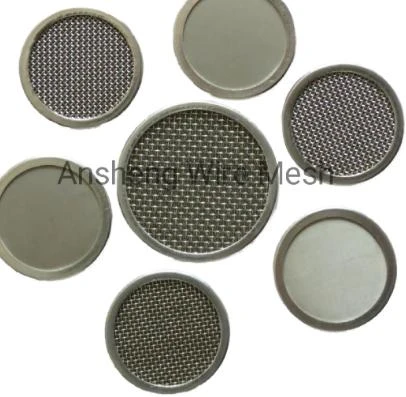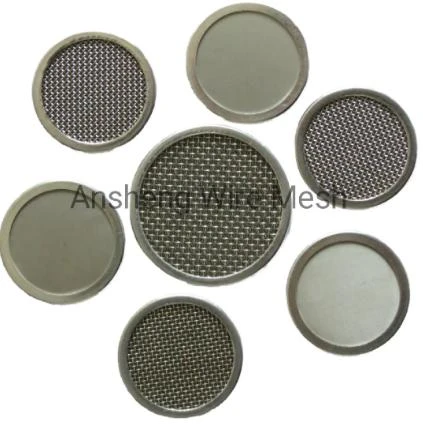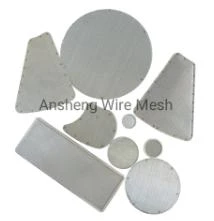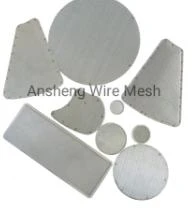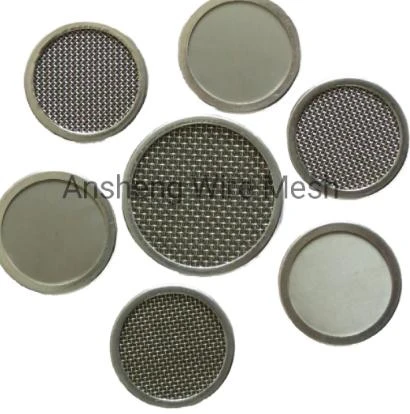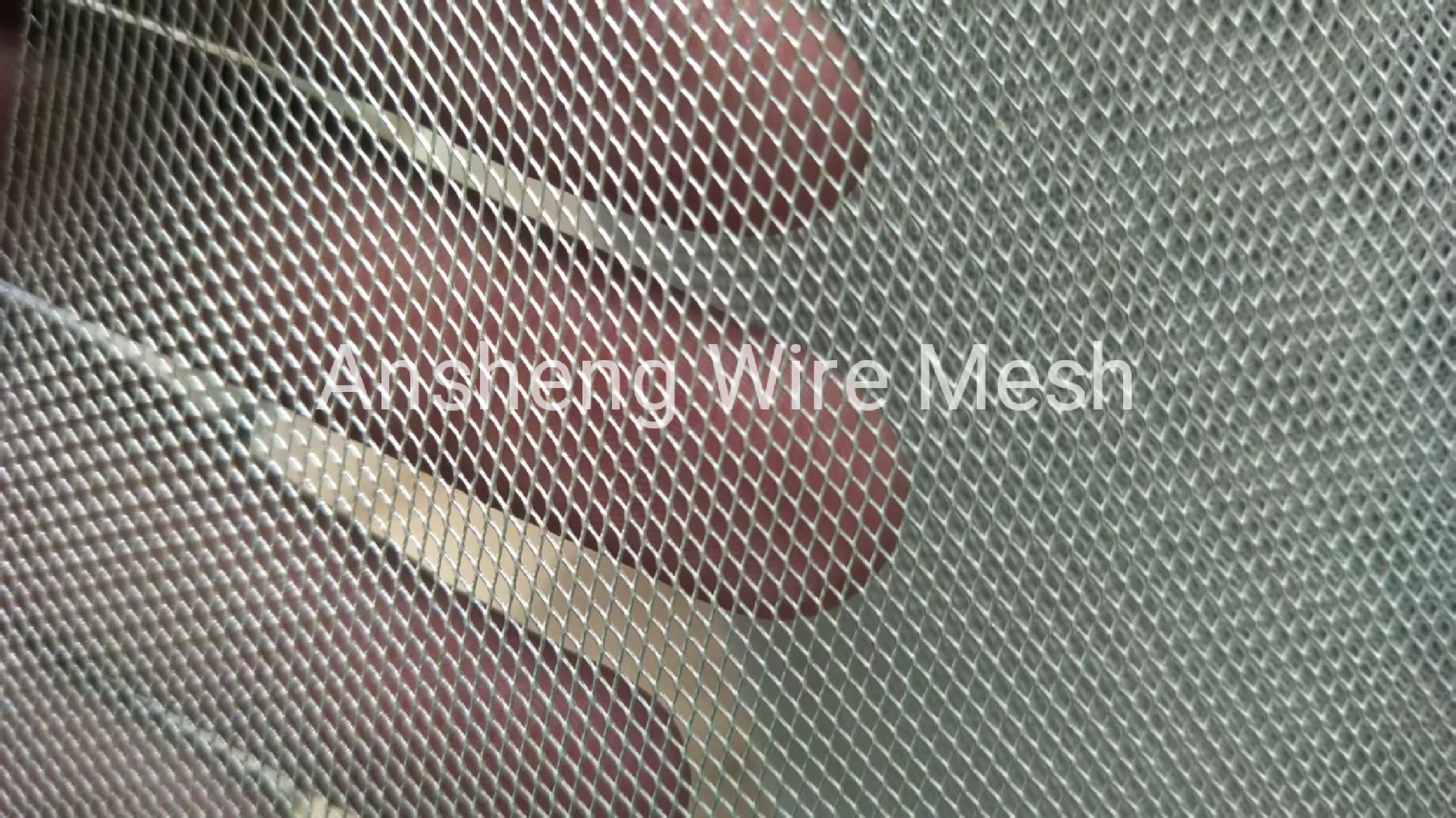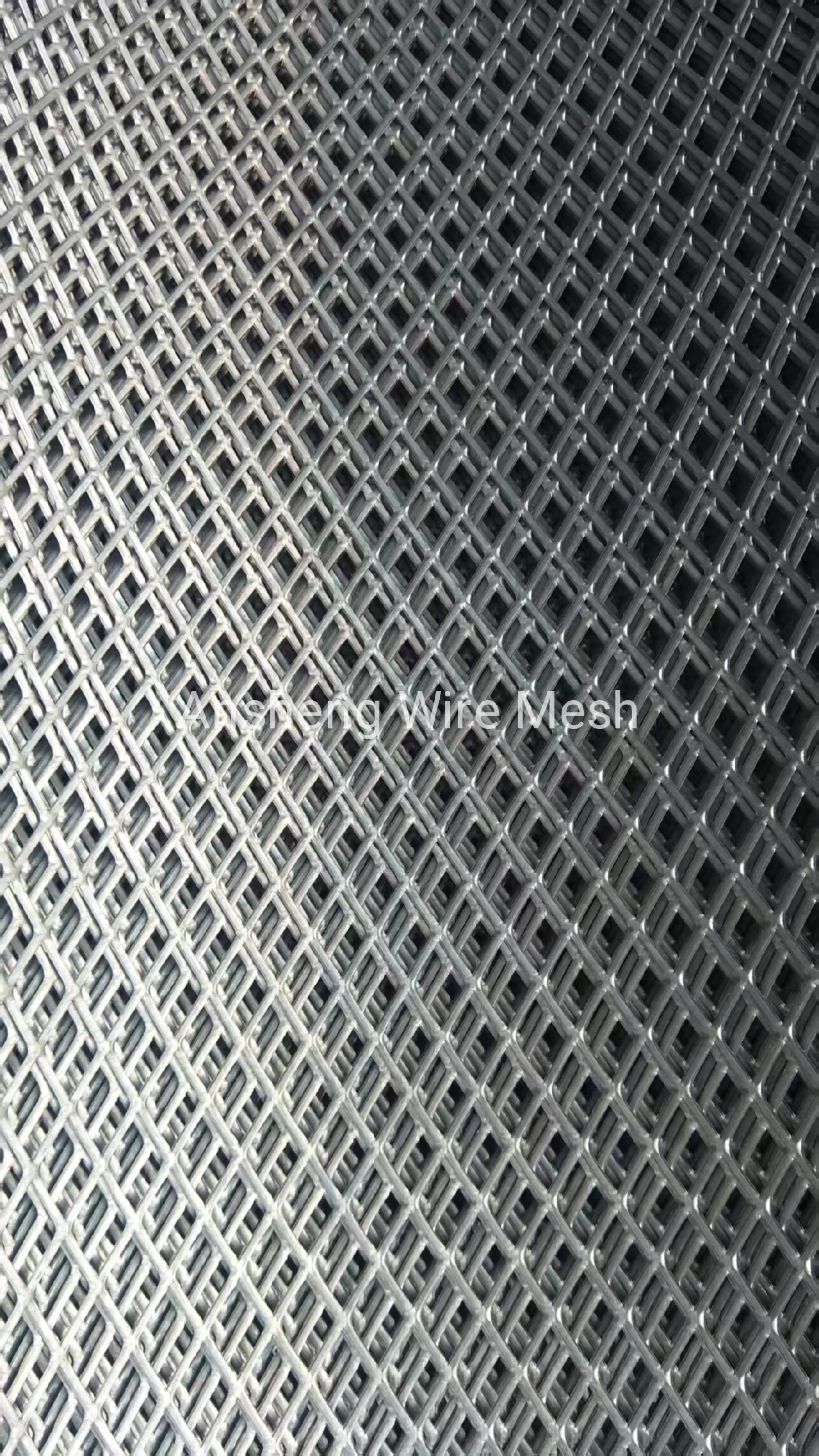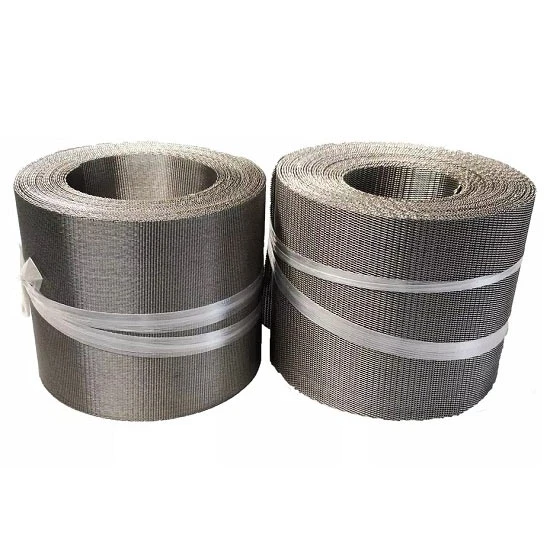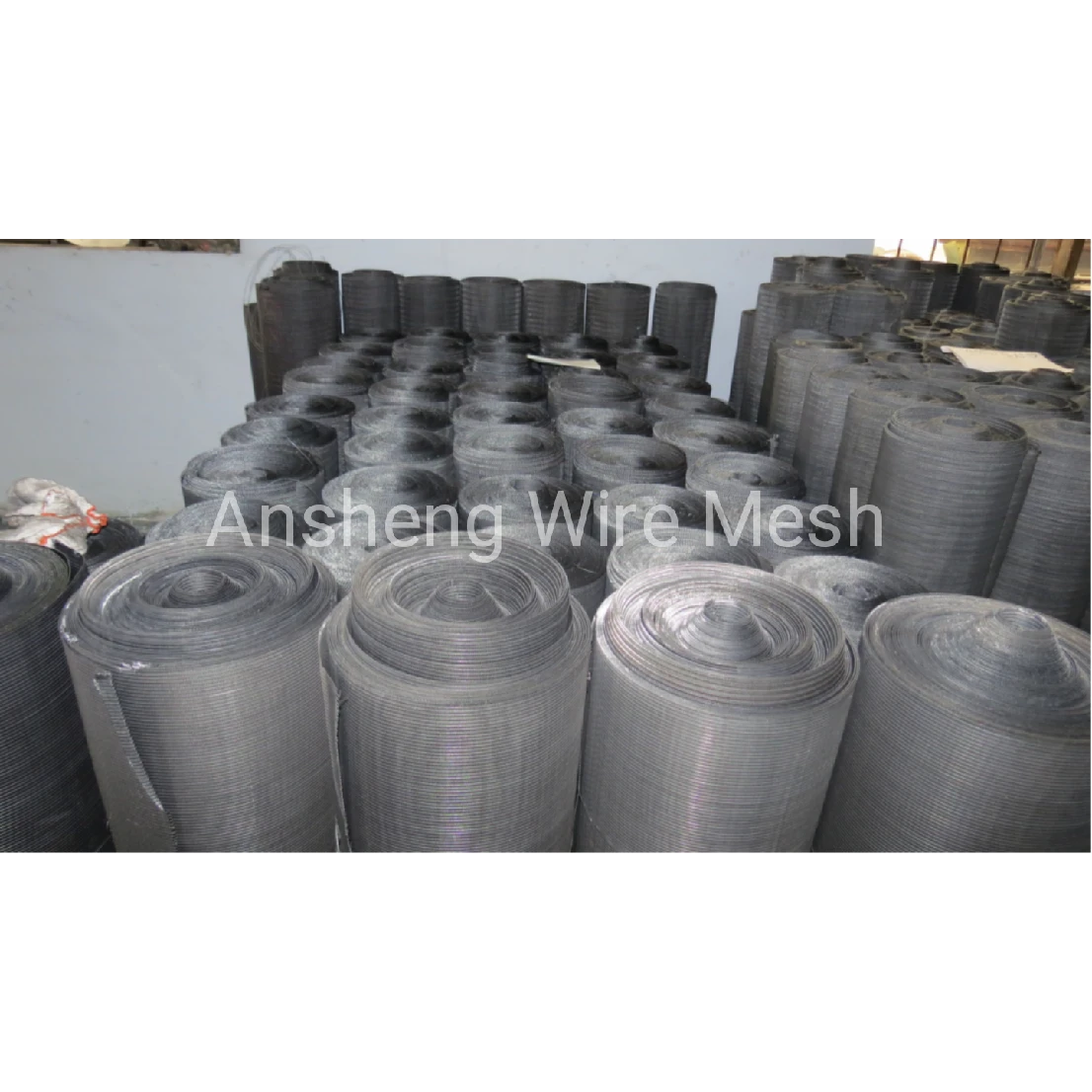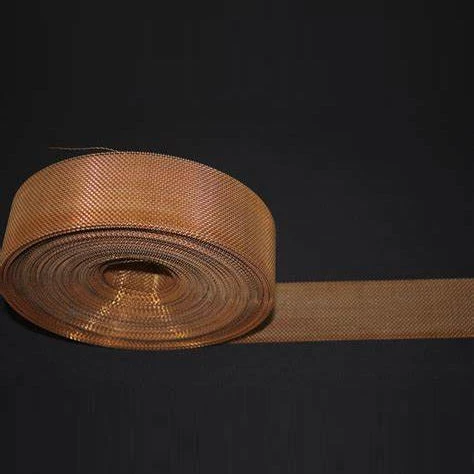In hydraulic and lubrication systems, ensuring the purity of fluids is critical to prolong equipment life and maintain optimal performance. Among the essential components contributing to this goal are coalescing filter elements, which specialize in separating and removing water, oil aerosols, and fine particulates from compressed air and hydraulic fluids. These filter elements work by coalescing small droplets into larger ones that can be easily drained away, thus protecting sensitive components downstream. Using high-quality hydraulic filter elements is a key part of this filtration strategy, offering superior contaminant removal and longer service intervals.
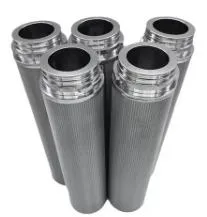
The Vital Role of Oil Tank Filter Cartridges in Fluid Systems
One of the major challenges in maintaining hydraulic and lubrication systems is preventing particulate contamination inside the oil tank. This is where the oil tank filter cartridge becomes indispensable. Positioned inside the reservoir, these cartridges capture dirt and sludge before the fluid circulates through the system, preventing premature wear and costly breakdowns. The design of modern oil tank cartridges combines robust filtration media with structural integrity, ensuring that even the smallest particles are trapped without restricting fluid flow. Choosing the right oil filter elements can dramatically improve system reliability and reduce downtime.
Optimizing Performance with Sintered Filter Elements
Among various filtration media, sintered filter elements stand out for their durability and effectiveness in harsh environments. These elements are made from metal powders that are fused under heat and pressure, creating a porous structure that provides excellent mechanical strength and chemical resistance. This makes them ideal for filtering hydraulic fluids, lubricants, and even gases in industrial applications. Their ability to withstand high pressures and temperatures while maintaining filtration efficiency makes sintered filter elements a preferred choice for demanding filtration tasks.
How Coalescing Filter Elements Improve Hydraulic System Lifespan
Hydraulic systems are prone to contamination by water and oil aerosols, which can cause corrosion, reduce lubrication, and lead to system failures. The incorporation of coalescing filter elements ensures that these harmful contaminants are efficiently removed. By merging fine droplets into larger ones, these filters enable automatic drainage or separation, maintaining fluid cleanliness and protecting pumps, valves, and actuators. Investing in quality coalescing filters directly translates into extended hydraulic system lifespan and reduced maintenance costs.
Selecting the Best Oil Filter Elements for Your Application
Not all oil filter elements are created equal. Factors such as filtration rating, media type, operating pressure, and compatibility with fluid type must be carefully considered. The oil filter elements must be capable of capturing particles down to micron sizes relevant to the specific machinery. For instance, high-performance synthetic filter media offer superior dirt-holding capacity and longer life compared to traditional cellulose media. Ensuring the filter element matches the system requirements is crucial for maintaining optimal fluid cleanliness and operational efficiency.
Integrating Hydraulic Filter Elements in System Design
The integration of hydraulic filter elements into system design requires understanding flow rates, pressure drops, and contaminant levels. Proper placement of these filters—whether at the pump inlet, pressure line, or return line—can drastically improve system cleanliness. Utilizing multi-stage filtration setups that combine coarse and fine filters allows for comprehensive contaminant removal. Choosing high-quality filter elements ensures minimal flow resistance and maximum contaminant capture, critical for hydraulic system health.
The Advantages of Using Oil Tank Filter Cartridges in Maintenance Programs
Routine maintenance is essential to system longevity, and replacing oil tank filter cartridges regularly is a simple yet effective step. These cartridges trap contaminants before they circulate, preventing damage and ensuring smooth operation. Using cartridges made from advanced materials provides better filtration efficiency and longer intervals between changes, reducing overall maintenance costs. Their easy replacement design also minimizes downtime during scheduled maintenance.
Durability and Reusability of Sintered Filter Elements
One of the unique advantages of sintered filter elements is their potential for cleaning and reuse. Unlike disposable filters, sintered elements can be backflushed or chemically cleaned to restore performance, making them cost-effective over the long term. Their robust construction also withstands mechanical shocks and thermal cycling, making them suitable for industrial environments where reliability is paramount.
Innovations in Oil Filter Elements for Environmental Compliance
As environmental regulations become stricter, the demand for filtration solutions that minimize waste and environmental impact grows. Modern oil filter elements are designed not only for superior contaminant removal but also for easier recycling and lower disposal costs. Innovations in biodegradable filter media and reusable sintered elements contribute to greener filtration practices, helping companies meet sustainability goals without compromising system performance.
Ensuring Filtration System Efficiency with Regular Element Inspection
To maintain the efficiency of any filtration system, periodic inspection and testing of filter elements, including coalescing filter elements, hydraulic filter elements, and oil tank filter cartridges, is crucial. Monitoring differential pressure across filters helps identify when elements are clogged and need replacement. Using sensors and automated alert systems can further enhance maintenance schedules, ensuring continuous optimal filtration and preventing unexpected system failures.
Oil Filter Elements FAQs
Q1: What is the main function of a coalescing filter element?
A: Coalescing filter elements remove fine water and oil aerosols from compressed air or hydraulic fluids by merging small droplets into larger ones that can be drained or separated.
Q2: How often should oil tank filter cartridges be replaced?
A: Replacement frequency depends on system usage and contamination levels, but it is typically recommended during routine maintenance intervals to prevent sludge buildup.
Q3: Can sintered filter elements be reused?
A: Yes, sintered filter elements can often be cleaned via backflushing or chemical processes, making them reusable and cost-effective.
Q4: What factors should be considered when selecting oil filter elements?
A: Key factors include filtration rating, media compatibility, operating pressure, and expected contaminant types and concentrations.
Q5: How do hydraulic filter elements improve system reliability?
A: By removing contaminants before they reach sensitive components, hydraulic filter elements prevent wear and corrosion, thereby enhancing system reliability and longevity.
Post time: Aug . 18, 2025 09:35
